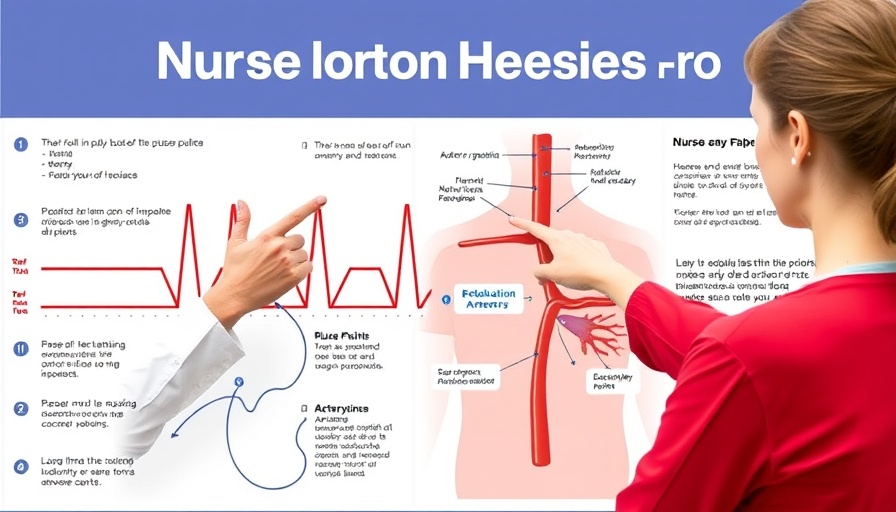
Understanding Carbapenems: A Lifeline Against Resistant Infections
For healthcare professionals, particularly nurses, having a firm grasp of the pharmacology surrounding antibiotics is essential, especially when it involves challenging infections. This article sheds light on the carbapenem antibiotic class, focusing primarily on meropenem and imipenem, their uses, and administration methods amidst the rising global issue of antibiotic resistance.
In Carbapenems Pharmacology Antibiotics Nursing NCLEX Review, the discussion delves into the critical role of carbapenems in managing resistant infections, prompting a deeper analysis of these vital drugs.
The Broad Spectrum of Carbapenems
Carbapenems represent some of the broadest spectrum antibiotics available. They effectively target gram-positive and gram-negative bacteria, including resistant strains like ESBL-producing bacteria. As a last line of defense, carbapenems are crucial for treating serious infections, particularly when conventional antibiotics fail.
How Carbapenems Work
These drugs work by inhibiting bacterial cell wall synthesis, leading to a bactericidal effect. Understanding this mechanism is vital for nurses as it illustrates why these medications are reserved for severe cases and how their potential overuse could lead to increased resistance.
Administration and Monitoring
Carbapenems are administered intravenously (IV) or via intramuscular (IM) injection. As patients receiving these treatments are often critically ill, monitoring their neurological status is crucial, especially for adverse effects related to seizures that can occur with imipenem. Furthermore, renal function must be assessed regularly due to the risk of nephrotoxicity, emphasizing the need for vigilant care practices.
The Importance of Allergy Assessment
Given the structural similarity of carbapenems to penicillins, nurses must diligently inquire about any patient history of allergies. This information not only informs treatment decisions but also enhances patient safety.
Understanding carbapenems is paramount for healthcare practitioners, particularly in regions like Uganda and East Africa, where resistant bacteria pose significant public health challenges. By critically engaging with this information, nursing students and healthcare professionals can empower themselves to provide safer and more effective care.
 Add
Add  Add Row
Add Row 




Write A Comment